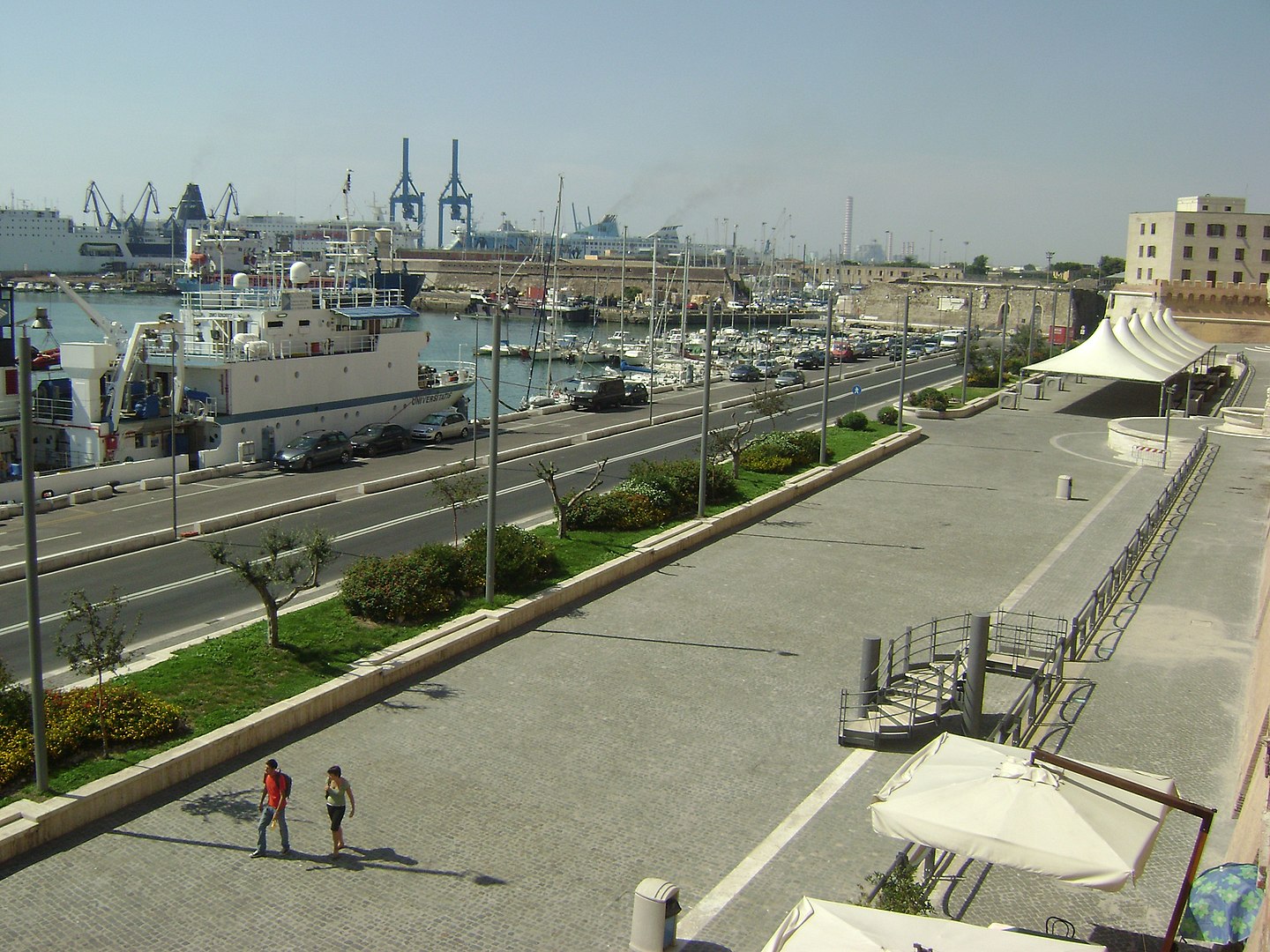The port of Civitavecchia (abbreviated CVV) has been known since ancient times as the port of Rome. Founded by Emperor Trajan in 108 A.D. as the port of Rome, it has represented for many centuries the fulcrum of exchanges and contacts between the peoples of the ancient “Mare Nostrum”. With the law 84/94 the Port Authority of Civitavecchia was established with tasks of direction, planning, coordination, promotion and control of port operations and other commercial and industrial activities carried out in the port.

Cruises
Since the second half of the nineties, but especially in the years after 2005, the Port of Civitavecchia has increased cruise passenger traffic. In 1996, cruise passenger traffic was 156,000. In 2005 there were 983,171 cruise passengers for a total of 711 ships. In 2011 the Port of Civitavecchia became the first cruise port in the Mediterranean with over 2.6 million passengers. Currently the cruise traffic is concentrated in the “Terminal Bramante”, an infrastructure of over 118 m in length with over 2000 m² of surface area, inside it there are areas for the reception of passengers, security equipment and telecommunications equipment that regulate the so-called “Turn Around Operations”. The cruise terminal is located along the Antemurale Cristoforo Colombo, over 3 km long and not to far from Civitavecchia train station, and extended by more than 100 m to facilitate boarding/disembarking operations.
The village, which later became Civitavecchia, developed along the Tyrrhenian coast in Etruscan times. The town is situated in an area between the Mignone River to the north and the Marangone River to the south. Although it does not enjoy great relief, the suburbs are slightly higher than the rest of the districts. In addition, there are numerous ditches and small canyons that start from the nearby Tolfa mountains and flow into the sea.
The coast has numerous inlets and golf courses (cellae) with rocky seabed, while the sandy beaches are only to the north.
To the north of Civitavecchia flows the last stretch of the Mignone River which then passes through the province of Viterbo and finally flows into the Tyrrhenian Sea.
Centum Cellae (this is the Latin name meaning Cento [numerous] Celle) was at the time referred, according to what Pliny the Younger wrote for the first time in a letter in 107 A.D., to a place where great works were in progress for the construction of the port, near the villa of the Emperor Trajan. It can therefore be assumed that the city was completed around 110 AD. There are many hypotheses put forward to explain the origin of the toponym Centumcellae; it is believed that it may refer to the number of natural inlets that were present on the coast, or to the numerous rooms built in the dock for the collection of goods, or even to the one hundred rooms of the Imperial Villa. In 828, following the destructive invasion of the Saracens, the population left the centre, taking refuge first in the mountains, then in a new site called “Cencelle” (to distinguish it from the primitive), until it finally returned in 889 to its city of origin, changing its name to Civitas Vetula (Old Town) to distinguish it from Cencelle.
Fiumicino Rome Airport is only 60 km from the Port of Civitavecchia. It is possible to reach it by train or car.
FROM THE PORT OF CIVITAVECCHIA TO THE AIRPORT OF FIUMICINO BY TRAIN
There is no direct train connection to the airport so you will have to make a change. Go to Civitavecchia station and take the train to Roma Trastevere. From Trastevere station there are regional trains leaving every hour to Fiumicino airport. This will take you just over 1 and a half hours for 11 euros.
We advise you to consult the timetable on the Trenitalia website.
FROM THE PORT OF CIVITAVECCHIA TO THE AIRPORT OF FIUMICINO BY CAR
The journey by car is much easier and faster. Leaving the port of Civitavecchia, head towards the motorway and follow the signs that will take you to Fiumicino airport in just under 1 hour.
Leave your car in one of the large car parks at the airport. Visit the airport website for more details.
